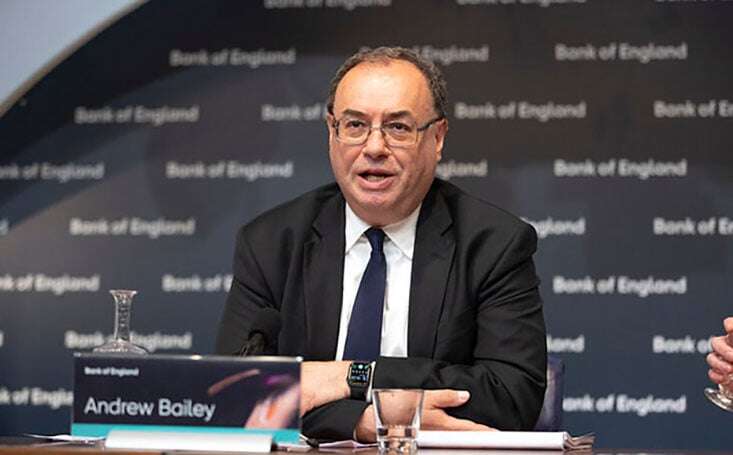landlords, there's exciting news on the horizon for those keeping a close eye on interest rates, as fresh data suggests a potential early cut amidst a cooling economy.
UK Landlords Eye Interest Rate Shifts: Economic Insights & Outlook
In the UK, inflation has hit a significant low, marking its lowest point in two and a half years, indicating a continued easing of price pressures.
March saw the Consumer Prices Index drop to 3.2%, the lowest since September 2021, down from 3.4% in February. While this figure is slightly higher than what City economists anticipated – who had expected a drop to 3.1% – it's a notable step towards the UK's 2% inflation target, moving away from the 40-year peak of over 11% seen in autumn 2022.
This decline in inflation also means that real wages are on the rise, with regular pay showing a significant 6% annual growth in the three months leading up to February.
Looking ahead, economists foresee a further decrease in inflation for April, potentially dipping below the Bank of England's 2% target, especially with a considerable drop in household gas and electricity bills to their lowest levels in two years.
Nathan Emerson, CEO of Propertymark, expressed optimism, stating, “It is encouraging to see inflation starting to decline towards pre-pandemic levels. People can now anticipate a return to normalcy without the fear of prices soaring to unaffordable levels."
As the Bank of England convenes in May, there's a possibility of gradual interest rate cuts to stimulate activity in the housing market, particularly during spring, which traditionally witnesses heightened market activity.
The broader impact of the UK's economic slowdown is evident in the job market, with separate figures from the Office for National Statistics indicating a rise in the unemployment rate to an estimated 4.2%. Around 850,000 additional working-age individuals are now out of work or unable to begin work compared to pre-pandemic times.
Additionally, there's a notable increase in the unemployment-to-vacancies ratio, reaching 1.6, as unemployment rises and vacancies decline.
Despite stubbornly high pay growth at 6%, signs suggest a gradual decline to more sustainable levels. Jake Finney, an economist at PwC UK, noted, “High pay growth remains a significant hurdle to base rate cuts as the Bank of England perceives it as contributing to inflation persistence."
However, there's a silver lining as households could witness significant real wage growth on an annual basis this year for the first time since 2021.
While expectations for interest rate cuts in the UK remain, the International Monetary Fund (IMF) cautions that rates are unlikely to drop below 3.5% for at least four years. The IMF highlights Britain's soon-to-be-achieved inflation target of 2%, coupled with GDP growth among the highest in major Western economies.
Nonetheless, the IMF also forecasts slower GDP per person growth compared to the US, Germany, France, and Japan, attributing it to rapid population increases fueled by immigration.
A Treasury spokesperson affirmed the progress against high inflation, citing IMF forecasts of a faster-than-expected decline. They also acknowledged short-term growth challenges due to higher interest rates, in line with experiences seen in Germany, France, and Italy.





